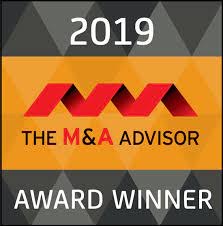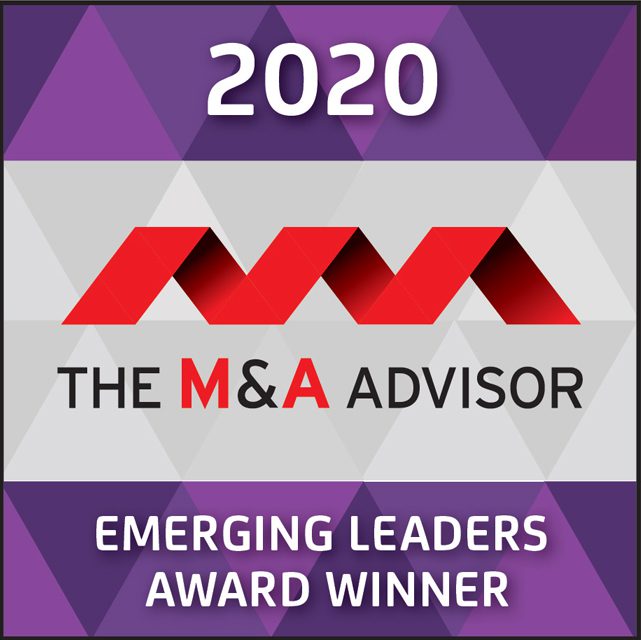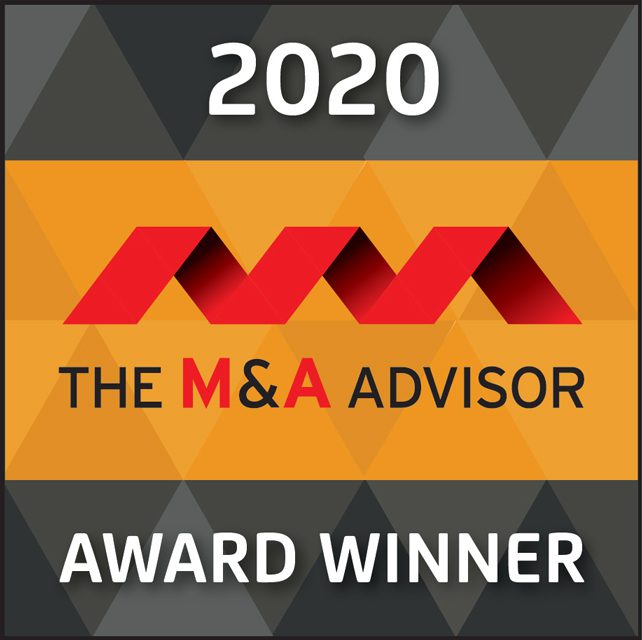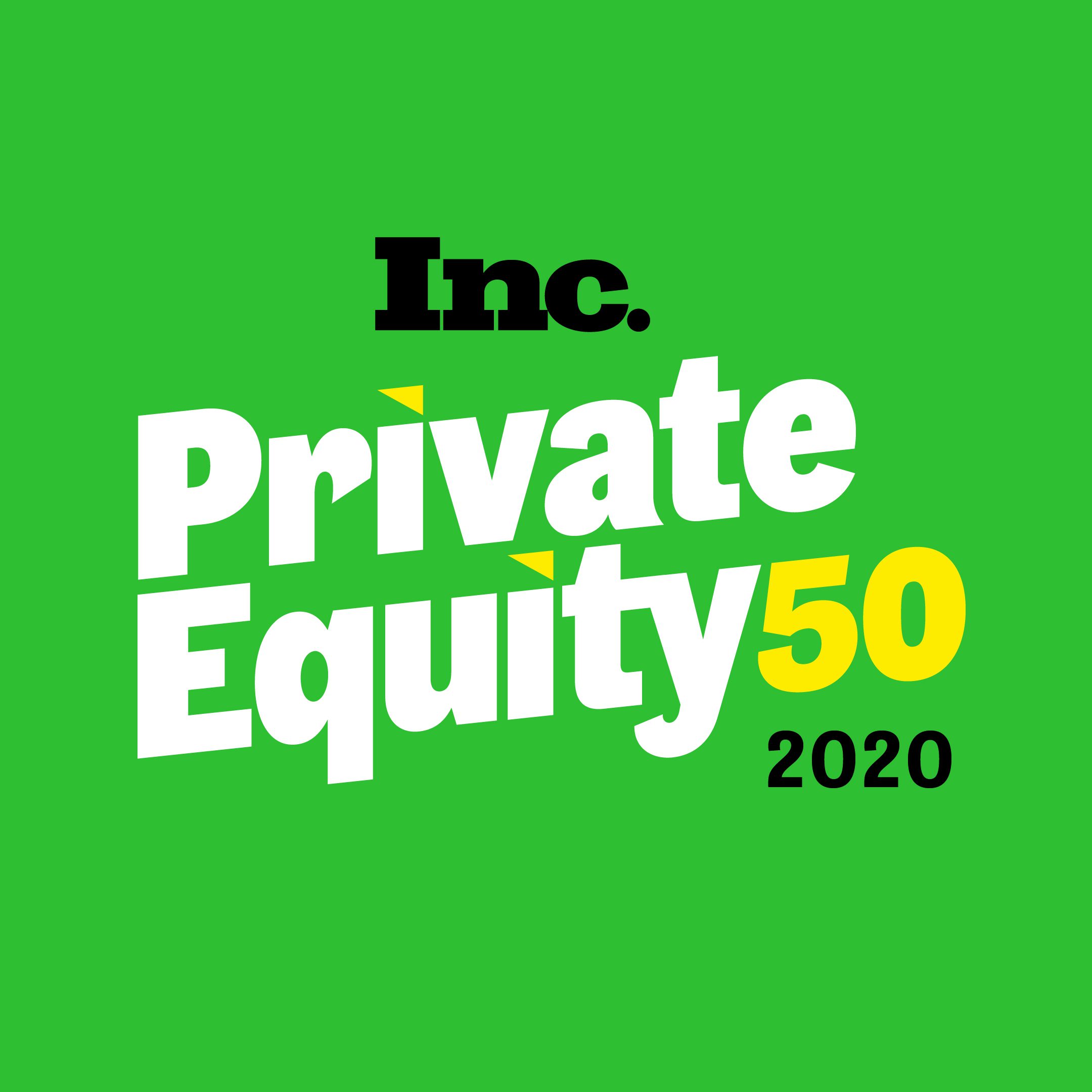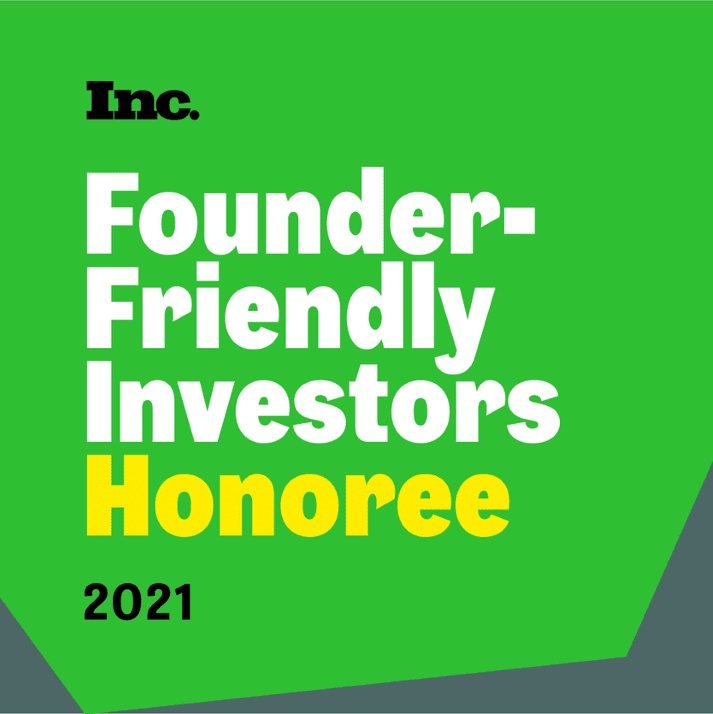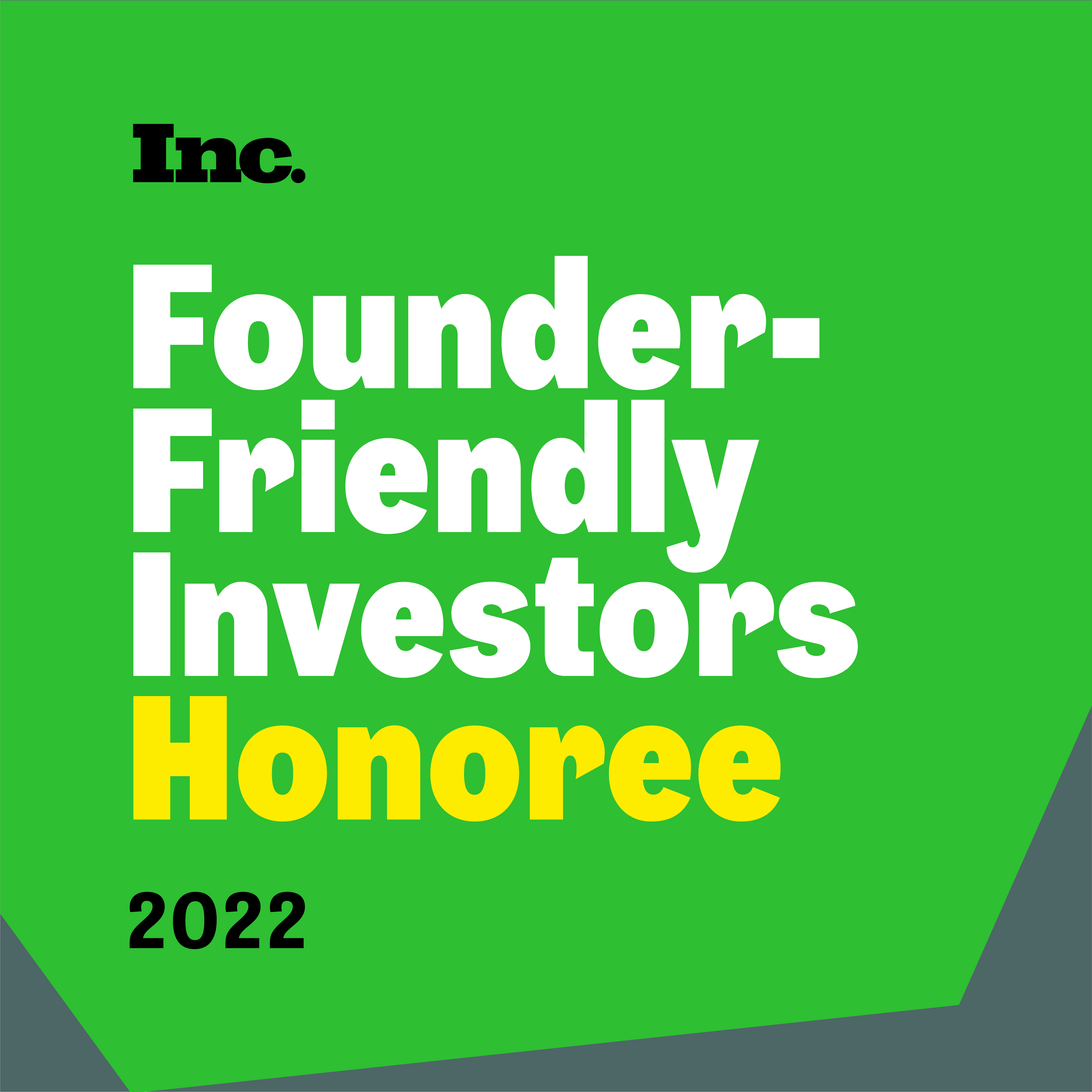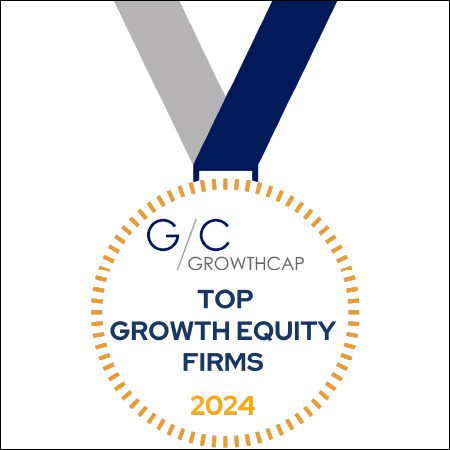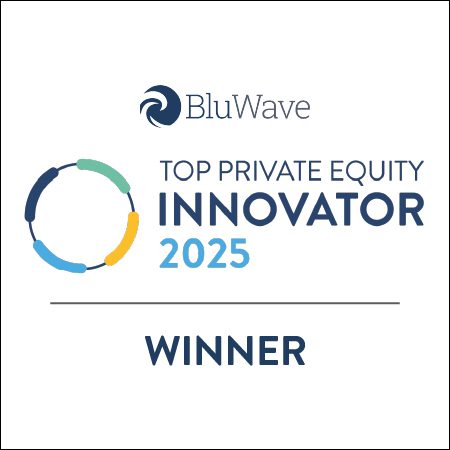This article originally appeared in the Wall Street Journal Pro, May 10, 2019
Strattam Leans on Five Points to Execute Deals in Crowded Tech Sector
By Laura Cooper | May 10, 2019 7:45 p.m. ET
Strattam Capital may not be a household name in the technology buyout world, but the Austin, Texas-based firm has quietly racked up deals, relying on what it calls its “five points” approach.
The points are a list of goals Strattam agrees upon with a prospective portfolio company before the firm even signs a deal.
So far, the firm has implemented its strategy with eight portfolio companies and 12 founder-led add-on acquisitions since it launched in 2013. Strattam focuses on companies within the enterprise-software, digital infrastructure and technology-enabled services sectors. The firm is often the first round of institutional capital into founder-owned businesses.
“In practice, we ask the founder, ‘If you could wave a magic wand and change things about your business to make it better, what would [they] be?’” said Managing Partner Bob Morse, noting that the list is usually 30 to 40 points long, which is then whittled down to the top five.
“The benefit of having invested in dozens and dozens of private companies is we have the pattern recognition of which of those changes can be achieved with positive results and with the resources we have available,” he said.
Mr. Morse said the five-point plan’s goal is to remedy the “first board meeting surprise problem,” and to create transparency about plans for the company prior to the transaction. He said it’s been effective in creating alignment between the new investment and firm before a transaction is set in motion.
Paul Wietecha, president and chief executive of Blacksmith Applications Inc., said those five points helped Strattam clinch the deal to invest in his company, despite a swell of interest from other technology-focused firms.
Mr. Wietecha said that when his company hired an investment bank to seek out possible partners, it ultimately narrowed the list of potential investors to five sponsors.
The five points, Mr. Wietecha said, made him more comfortable working with Strattam, a relatively new firm in the market, although the founders had a history of technology investment at Oak Hill Capital Partners before launching Strattam.
“Bob Morse and I sat down and he talked to me about what he felt was right for our business in the short and long term,” said Mr. Wietecha, noting this included goals, organizational changes and product focuses. “We came to terms with an actionable set of objectives. With the other four firms, I wasn’t sure what would happen.”
Mr. Wietecha pointed to examples including building a management structure—by adding a chief financial officer, chief technology officer and other positions—as the first point Strattam helped the company identify and implement.
He added that the company also focused on growing its sales and marketing team and providing a product for smaller customers, which it did partly through its acquisition of software provider GoSimple.
Another point of focus is reaching new industry verticals, including customers in restaurants, hotels and education outlets. To that end, Blacksmith acquired T-Pro Solutions, a leader in providing optimization software to grocery and club store segments.
The fifth and final point in the company’s plan is to launch an analytics platform for customers. The company developed a five-year road map in 2017, and began pilot programs with clients including Tyson FoodsInc. and J.M. Smucker Co. , Mr. Wietecha said.
For Mr. Morse, the five-point approach has become an integral part of the firm’s diligence and acquisition process, even in cases where the process doesn’t result in an actual deal.
“We have had two situations where the five-point plan process specifically brought to light differences in goals and strategy that we and the founder were not able to reconcile, and we parted ways,” said Mr. Morse. “We don’t look at those lost deals as negative, but as proof the process is a real one, ensuring a good match between investor and founder.”
